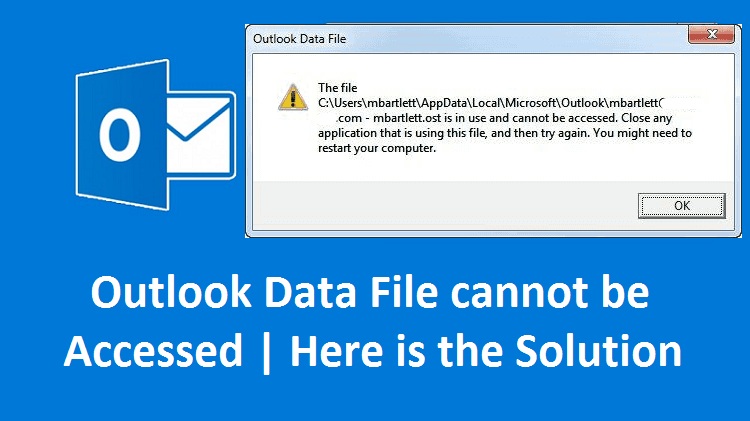
Some Microsoft accounts, such as Post Office Protocol (POP) accounts, store information in Outlook Data Files (.pst), while others, such as Outlook 365, Exchange, Internet Message Access Protocol (IMAP), and accounts, store information in Offline Outlook Data Files (.ost).Īrchiving emails is now associated with terms and practices like electronic discovery (e-discovery), compliance, and regulation. This enables users to access emails they have previously downloaded or synchronized, contacts and calendar information, and tasks even if they are not online. When a new email account is added to Outlook, Outlook creates a local copy of the information onto the user’s device. It was used to help users access server mailboxes, and just like in the modern day, allow them to create local archives of the email folders they have on server-based email clients. The format first appeared in the mid-1990s in the Microsoft Exchange email client, which later became Microsoft Outlook.


The PST file format is also commonly referred to as a personal folder, or when used as a cache in Outlook’s exchange mode, an offline storage table (OST) or offline folder. PST files are stored within popular Microsoft software like Microsoft Exchange Client, Windows Messaging, and Microsoft Outlook.

A PST file is a personal storage table, which is a file format Microsoft programs use to store items like calendar events, contacts, and email messages.


 0 kommentar(er)
0 kommentar(er)
